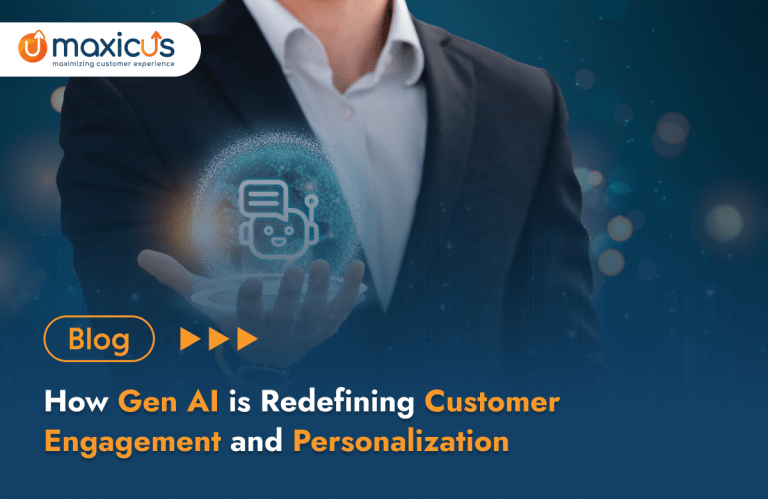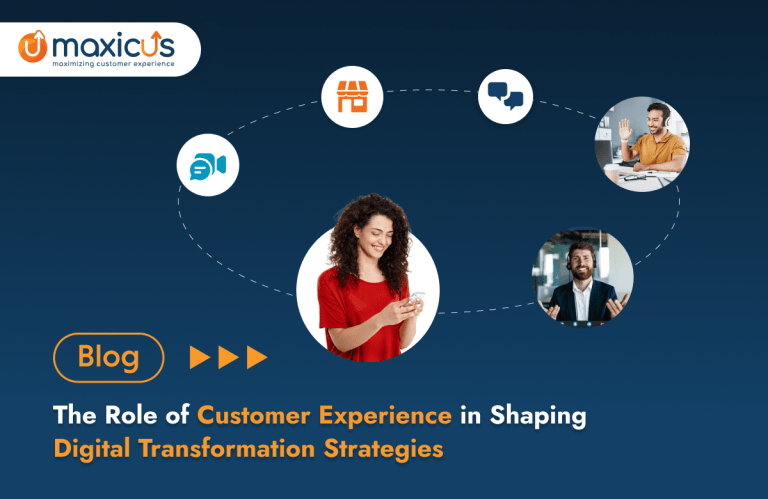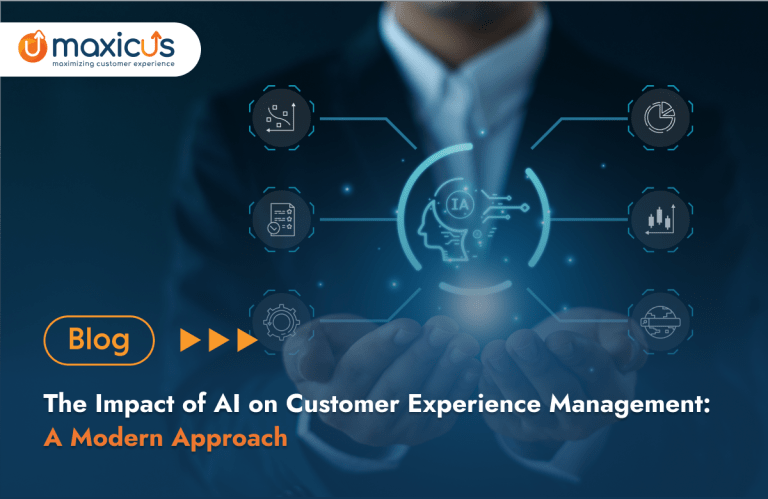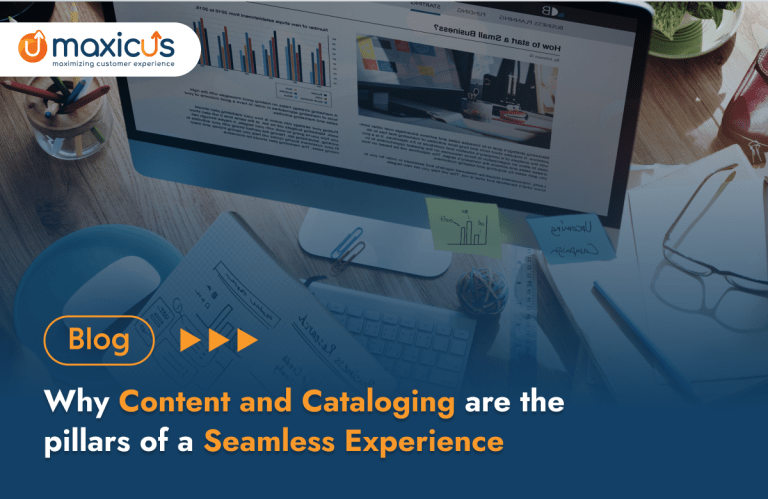Rise of phygital: Boon or bane
As the economic trends become more consumption-driven, a slight change in consumer behavior might produce a ripple effect. What consumers demand and thus, how brands will meet the expectations, is the new bandwagon. This has been a question of significant importance, especially, after the global pandemic when the world is closely following every update.
The truth at this moment comes down to consumers don’t opt for a product or service only for utilitarian purposes but most of them are subjective and driven by emotional learning. Consumer behavior trends are evolutionary and change at the speed of light. The transformations have been so fast that the changes which were predicted to be decades away have already emerged.
The rise of phygital has happened to create a space where the best aspects of digital and physical can co-exist to deliver experiences that were once reserved for science-fiction movies.
“Phygital epitomizes the shift from just satisfying customers to providing sentience experiences leveraging omnichannel on steroids.”
It allows customers to perceive through technologies to have the best shopping, entertainment, healthcare, and banking experiences, where ‘being present’ can be anywhere. The adoption of technologies such as AR glasses is making virtual experiences so real.
With having countless advantages of phygital, businesses are still waiting at the bank to dive into this phenomenon. The possibilities can be, either way, it might be a boon or bane. Let’s look at how phygital customer experience will shape the future of industries. Will it unfold new avenues of opportunities or open the flood gates to sink?
Ready to take your retail business to the next level?
Figuring out the boons and banes of phygital
Today, technological innovations are supporting brands to achieve their business ambition to get more close to customers and it is influencing the overall commerce regardless of industries.
Retail
Phygital has impacted the retail sector like no other. It has given a completely new dimension to customer’s shopping experience. Now, customers can sit at home and try different furniture items, virtually. The phygital world of retail is encouraging customers to break the traditional shopping stereotype and explore the more immersive and intuitive way of buying things. Without stepping outside, they are enjoying a store-like shopping experience at home, or let’s just say, from anywhere.
It has certainly brought a renaissance in retail and brands are also on the profit side this time, even though the strategy now runs on a customer-centric approach. By eliminating the store expenses, businesses are gaining higher revenues. The salespersons have, now, become customer service representatives which now attend to customers online over video calls.
While everything right is exciting with phygital in the house, certain aspects should be addressed which can be a matter of concern for brands.
For example, it will get tougher for the backend to update inventory items, both online and offline and can make the process complex. In the same way, managing personalized deals and promotional offers for customers at both ends will be challenging. Besides, running accumulated data in different channels such as customer service representatives, social media, etc. can be a daunting task.
Healthcare
The introduction of phygital will certainly turn hospitals into ‘smart hospitals’. Think of a possible hospital routine and how it is managed, throughout. For example, how well they are keeping the environment of the room; hygiene, how the beds are managed, what are the meals and how often they clean the floor, etc. are all crucial. The family wants to focus on these aspects before admitting their close ones. They do want to know how the nurses of the hospital operate in an emergency. Through phygital, the patient party can feel the hospital environment virtually and make sure everything will be in place. They can even consult with doctors on how to go about the context of treatment.
In the medical field, phygital has clasped its claws. Now, doctors can virtually check patients and guide them for treatment from thousands of miles away. This is very useful in rural areas where hospitals are not close enough to residencies. For emergency cases, they can consult doctors through a video call, and then, doctors can check them, virtually using advanced tools & methods. The initial casualty can be prevented with a doctor’s expert advice. It is one of the best phygital experience examples that healthcare industries are looking forward to implementing in a more advanced manner. Indeed, phygital is not just here to boost revenue but also to save lives.
However, just like everything in the world, too much dependency on something can lead to a disaster. Suppose a patient is suffering from fever and the patient consults a doctor, virtually. Despite consulting the best doctor in the faculty, it can still go wrong. As doctors can perceive or experience virtually but a lack of physical interaction may be difficult to assess a patient properly. A wrong assessment can further lead to long-term complications. It is always wise to initially have a virtual examination in case of emergencies but follow it up with live interaction.
Banking
In the year of an ‘isolation economy’ in finance, banks are forced to accelerate their digital initiatives. Nevertheless, some customers are not willing to break the stereotype and take a chance on their financial activities. They are still in the era of traditional banking from branches. Hence, in order to find a perfect blend; banks have started experimenting with the phygital approach.
For example, you want to open a bank account, immediately and are unable to visit the branch. Neither can you ask the bank employees to come home nor can you visit the branch in this case. Phygital experience to your rescue! Banks can augment the physical experiences of visiting the branch such as filling the form, putting your credential digitally and make the process faster, more convenient in the given situation and totally adhere to security. The same can be done while transacting a huge amount of money online and banks need to confirm the same with you. With phygital, banks can eliminate these problems and deliver a more hassle-free banking experience.
Though it sounds amazing negligence in operation using phygital will have huge consequences, especially, in the case of transactions.
Last but not the least; let’s address the final motive and need of bank – data security. In banking and finance, it is the most priority for organizations. Then, there are incidents of data leaks of customers’ accounts while transacting digitally. The fear will always be there in the customer’s mind and they may not be willing to entangle with the phygital strategy.
How is Phygital changing the Retail Industry?
All we are trying to say is…
… there are bottlenecks but there are also ways to overcome them. The homo sapiens have survived over the years defeating millions of challenges. Businesses need to see the bigger picture of how the phygital movement will ease everything in the customer experience world.
Organizations that look to expand their phygital capabilities are already looking forward to solutions to these problems. For retail, manually consolidating customer data will not help. Thus, creating a customer identification strategy and integrating it with the phygital ecosystem may help the course.
Similarly, to counter data leaks for banks, they can build a tool or software where the two-step authentication will be required in phygital transactions. One will be from the customer’s end and another will be from the bank employee’s end, who is, handling the account. This way, maybe, banks can move forward to provide phygital experiences, being mindful of data security.
There can be many more solutions like these, but the point remains the same – the boon of the phygital is far greater than its bane. If you come from an industry that requires enhancing customer experience levering phygital practices, we would like to hear more about you.










